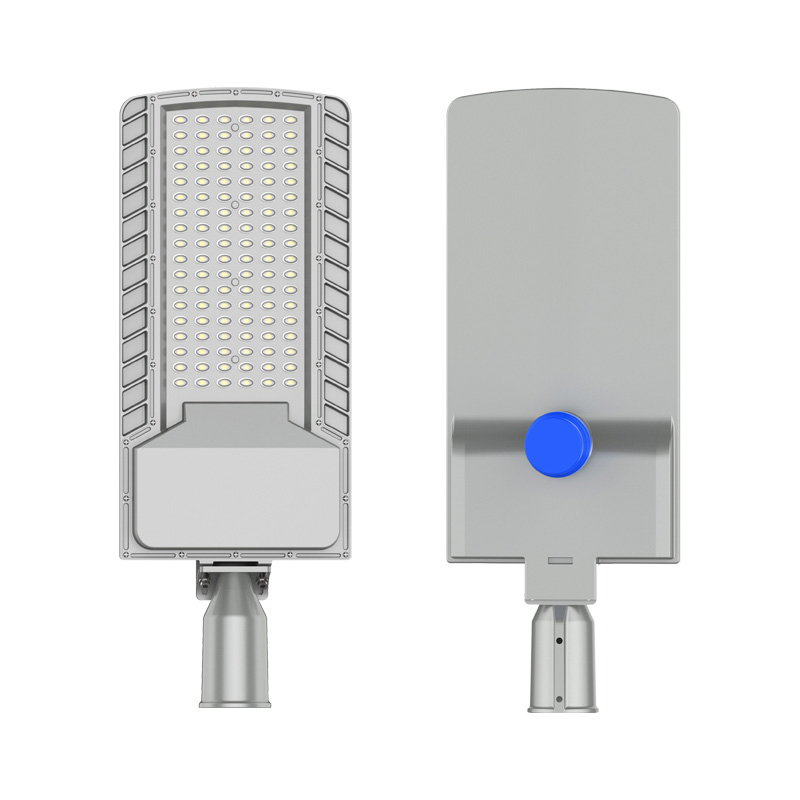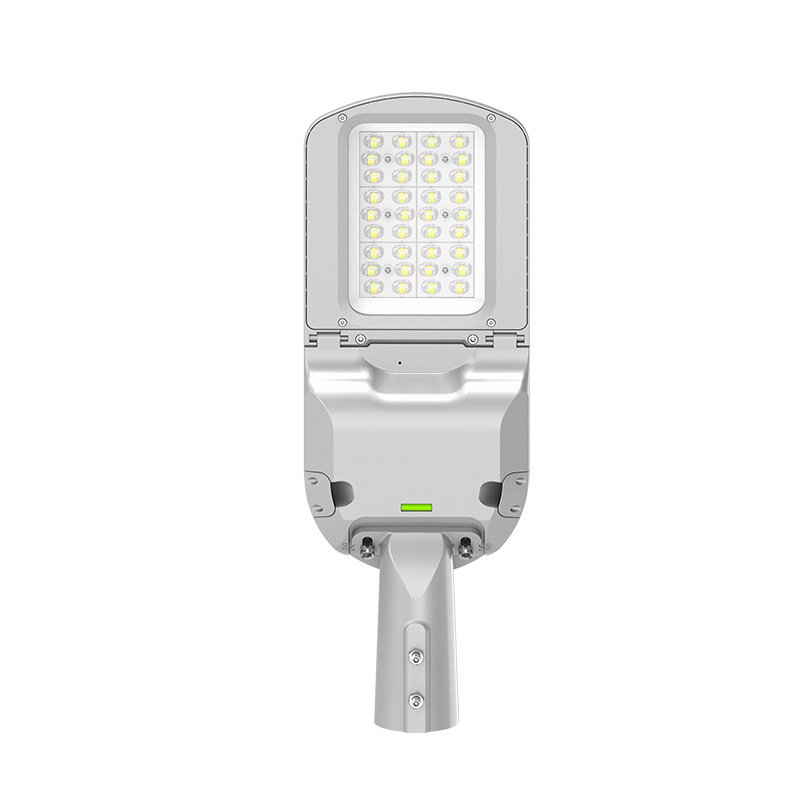LED street light
What is LED LED street light
LED street lights are lighting fixtures specially designed for outdoor lighting. Unlike traditional street lights that use high-pressure sodium lamps or metal halide lamps, LED street lights work on the principle of electroluminescence. The technology enables LEDs to efficiently convert electrical energy into light, resulting in brighter, more focused lighting. As a result, cities around the world are increasingly adopting LED street lighting solutions to reduce energy consumption, reduce maintenance costs, and create safer, more sustainable urban environments.
Benefits of LED Street Lights
Energy efficiency:
One of the most notable advantages of LED street lighting is its excellent energy efficiency. LED lights consume significantly less energy than traditional lighting options such as high pressure sodium lamps while providing the same or better lighting. This energy saving potential can provide cities and municipalities with significant cost savings.
Service life:
LED street lights have an impressive lifespan, often lasting up to 100,000 hours or more. This lifespan is several times that of traditional street lights, which reduces maintenance costs and reduces the number of replacements. While the upfront cost of LED street lighting can be high, the long-term savings in electricity and maintenance make it a cost-effective choice.
Environmental benefits
LED street lighting contributes to environmental sustainability in several ways. First, they significantly reduce carbon emissions due to their energy-efficient operation. By consuming less electricity, LED street lights help reduce reliance on fossil fuel power generation, thereby reducing greenhouse gas emissions and combating climate change.
In addition, LED street lights emit directional light, minimizing light pollution compared to traditional street lights. A reduction in light pollution not only benefits humans, but also ecosystems. It helps protect nocturnal animals' natural habitats, prevents disruption of their biological rhythms, and reduces negative impacts on their reproductive and foraging patterns.
Improve Visibility and Security
LED street lights provide excellent road visibility and safety. Their bright and uniform illumination ensures that the street is well illuminated, improving the visibility of pedestrians and drivers. Additionally, LED lights have better light distribution, reducing glare and minimizing light pollution, creating a more comfortable and visually appealing environment.
Customization and control: shaping the future of street lighting
LED street lights can also integrate smart functions and adaptive lighting systems. These smart technologies allow lights to adjust brightness based on real-time conditions (such as the presence of vehicles or pedestrians), dynamically adjust lighting levels based on weather conditions, further optimize energy efficiency, and enhance safety.
Customization and flexibility
LED street lighting offers a range of customization options to meet the unique requirements of each urban area. One such option is the ability to adjust the color temperature of the emitted light. Different color temperatures can create different moods and moods in an urban landscape. For example, a warmer color temperature can create a cozy and inviting environment, while a cooler color temperature can provide a more modern and vibrant feel.
Additionally, the included dimming function enables cities to reduce lighting intensity when there is less traffic or when there is good ambient light. This flexibility helps to further save energy and reduce light pollution, while still ensuring sufficient visibility for safety.
Challenges and Considerations for LED Street Lighting
Despite the many advantages of LED street lighting, cities also have challenges and considerations that need to be addressed.
1. Upfront costs.
While the long-term savings justify the investment, initial implementation costs can be a challenge for some cities. However, as LED technology continues to advance and become more mainstream, upfront costs are gradually coming down. Consider the long-term financial benefits beyond the upfront investment. LED lights save energy and reduce maintenance costs over their lifetime, resulting in significant cost savings.
2. Proper disposal of LED street lights
LED lights contain small amounts of hazardous substances such as lead and mercury, which require special handling during disposal. Cities must implement proper recycling and waste management programs to ensure environmentally friendly disposal of these lights.
3. Light quality and color rendering
In the early days, LED lights were criticized for their light quality and color rendering. However, significant progress has been made to address these issues. Warm white and cool white LED lights are now available, enabling cities to choose the right color temperature to create the desired ambience while maintaining high quality lighting.
4. Design and Aesthetics
Design and aesthetics play a vital role in street lighting, as lights need to harmonize with their surrounding environment. LED street lights are now available in a variety of designs, allowing cities to choose luminaires that blend seamlessly with buildings and cityscapes.
LED street lights are an emerging trend
Several cities around the world have successfully implemented LED street lighting initiatives, demonstrating the effectiveness of the technology. For example, Los Angeles replaced more than 140,000 street lights with LEDs, resulting in an estimated energy saving of 63%. The city also reported a significant drop in maintenance costs in areas lit by LED street lights, as well as a drop in crime.
In Europe, Copenhagen, Denmark has achieved remarkable results through the use of LED street lights. The city replaced 20,000 traditional street lights with LEDs, saving about 57% in energy. In addition, LED lights also help create a more vibrant and aesthetically pleasing urban environment, improving the overall quality of life for residents and visitors.
Guangzhou, China has also adopted LED technology, resulting in significant energy savings and reduced maintenance costs.
Additionally, the integration of LED street lighting with other smart city technologies enables cities to create interconnected systems that can remotely monitor and control street lighting. For example, street lights can be dimmed or brightened based on real-time data such as traffic patterns or weather conditions. This level of intelligence and adaptability enhances energy optimization and responsiveness to community needs.
FAQ
Yes, LED street lights can be dimmed. This function allows the city to reduce the intensity of lighting when there is less traffic flow or when the ambient light is sufficient, further saving energy and reducing light pollution.
No, LED street lights do not emit significant amounts of ultraviolet (UV) radiation. LED technology is designed to produce visible light without emitting harmful UV rays, making it safe for outdoor lighting applications.
Yes, LED street lights enhance road safety. Their brighter and more uniform illumination improves pedestrian and driver visibility and reduces the risk of accidents. Additionally, LED lights minimize glare and light pollution, creating a safer and more comfortable environment.
Yes, LED street lights provide customized options to meet different requirements. They can be equipped with adaptive lighting systems that adjust lighting levels based on traffic patterns and weather conditions. Additionally, smart lighting solutions enable remote monitoring and control for optimal functionality.


